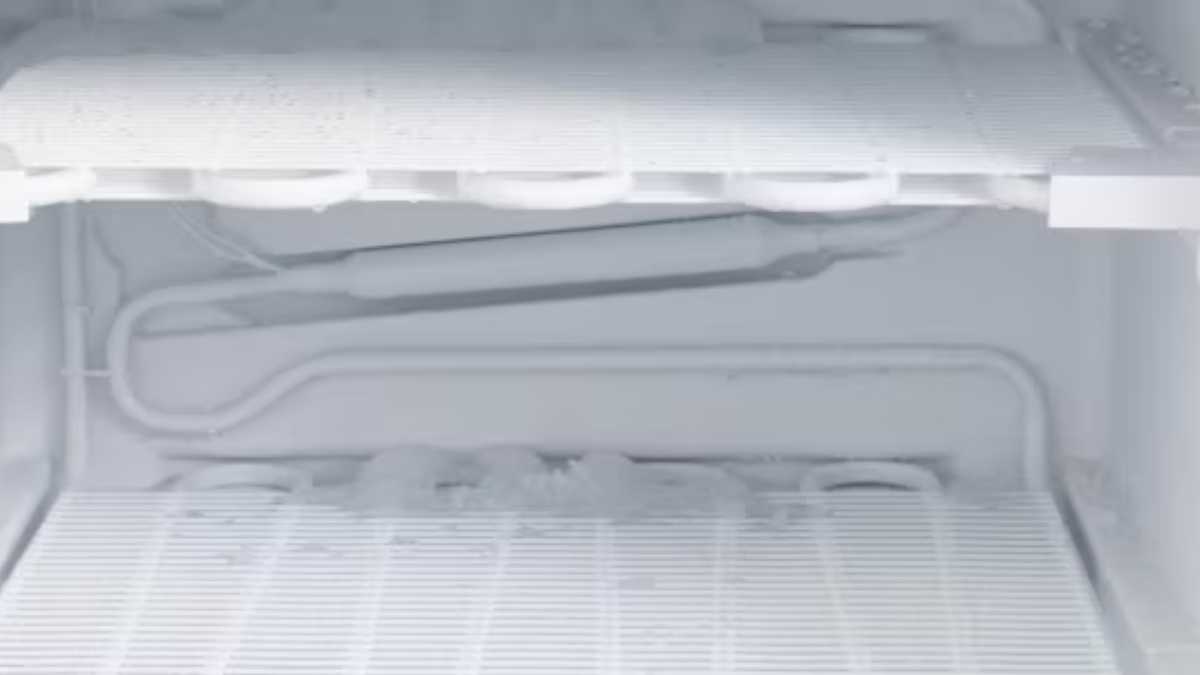You should defrost your freezer regularly so that it can work efficiently. With a simple trick, you can prevent thick layers of ice from forming in the freezer.
When you open your freezer, warm air gets in along with moisture. If this moisture freezes, thick layers of ice can form. These not only take up space in the freezer, but also cause the freezer to consume more energy. The freezer’s power consumption increases because the appliance has to cool its interior through a thick layer of ice. You can counteract this effect by defrosting regularly. You can also prevent the formation of a new layer of ice with a well-known household remedy.
Baking soda prevents a thick layer of ice
Sodium bicarbonate is a true household miracle cure and also helps to prevent the formation of a thick layer of ice in the freezer quite simply. Here’s how it works:
- Defrost your freezer as usual.
- Then put one to two tablespoons of baking soda on a damp cloth.
- Wipe the walls, ceiling and floor of the freezer thoroughly.
- Be careful not to damage the rubber seals. They can be damaged by the baking soda.
The baking soda ensures that moisture does not settle in the freezer as quickly. This delays the formation of a layer of ice. If you have wiped the walls with baking soda, it will also be easier to remove the ice layer the next time you defrost. In addition, baking soda binds unpleasant odors in the freezer.
Preventing a layer of ice in the freezer: This also helps
If you don’t have any baking soda on hand but still want to defrost the freezer, the trick also works with two other home remedies: cooking oil and glycerin. Simply drip a little of the respective liquid onto a wet cloth and wipe out the freezer as described.
If you want to prevent the formation of an ice layer in the freezer even more effectively, you should also follow these other tips:
- The freezer or refrigerator should not be placed too close to kitchen appliances such as the stove or dishwasher. Because of the heat these appliances give off, your freezer will need more energy to cool. Also, the heat generated by the freezer itself is less able to escape. The result: a layer of ice forms.
- For the same reason, you should make sure that the freezer is not too close to the wall and still has enough space to give off heat to the outside.
- Do not leave the freezer door open for a long time. If you close it quickly, less warm air will get inside.
- Allow food to cool before freezing it. The condensation that forms due to the heat in the freezer becomes a layer of ice.
- Check if the door seal is still intact. If it is broken, warm air will easily get into your freezer.



